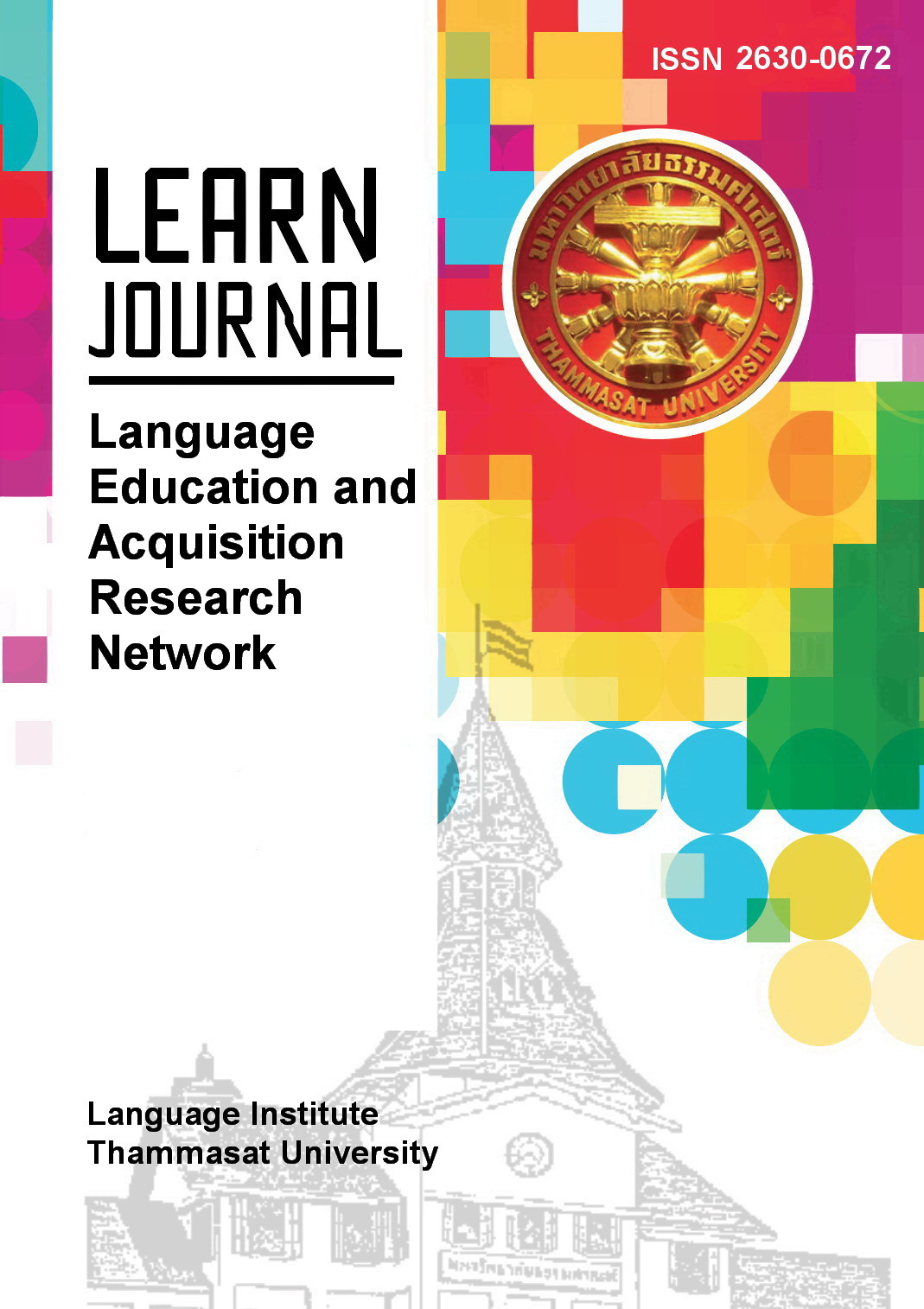Identity and Imagined Communities in English Textbooks Illustrations
Main Article Content
Abstract
Illustrations in English textbooks are not merely decorations (Romney, 2012); they can represent ideology and identity (Elmiana, 2019; Ihm, 1998). This paper explores the sociocultural and political dimensions in English textbooks’ illustrations for public schools in Indonesia. The leading question for this inquiry is “What imagined communities, diversity and identities do the illustrations in the English textbooks reflect?” Identity refers to the identity shown in the illustrations. The diversity refers to the government’s coined terms SARA, suku ‘ethnicity’, agama ‘religions’, ras ‘races’, and antar golongan ‘various social and political groups’ as well as gender, age and disability, which are parts of social reality in Indonesian society. Multiculturalism, as it related to diversity, refers to different cultures represented in the textbooks. The data (visual illustrations) were collected from three English textbooks, from grade 10 to grade 12 and they were analyzed in terms of critical discourse analysis (CDA) framed in the terms imagined communities (Anderson, 2006). The results suggest that the illustrations in the ELT textbooks represent a tendency that views Indonesian identity in a more monolithic identity and imagined community. This uniformity of identity in the illustrations may serve the purpose of integrating the character education to enhance nationalism as mandated by the government—indicating the political dimension as hidden curriculum in the textbook illustrations.


